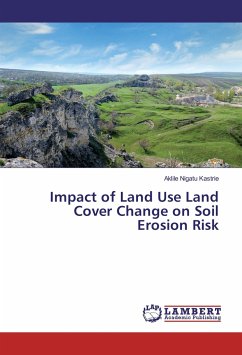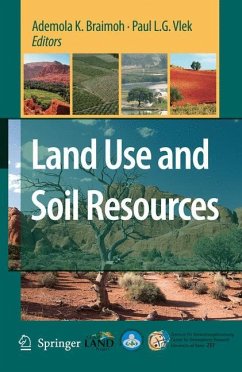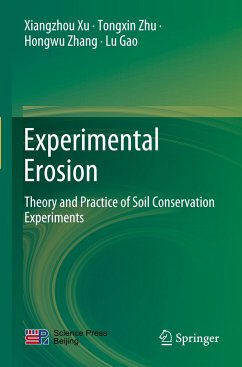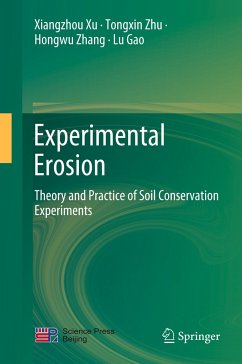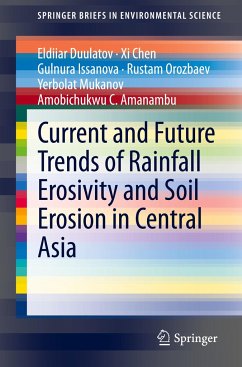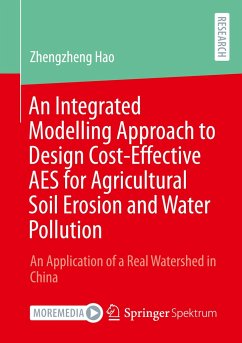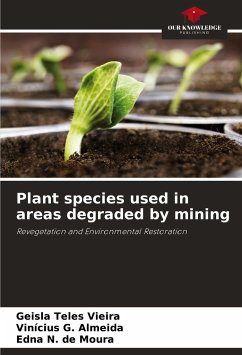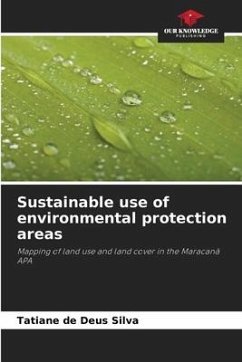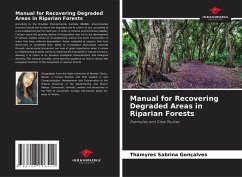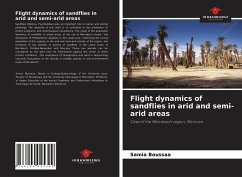
Burned areas and potential risk of erosion
Study conducted in areas of north-eastern Portugal
Versandkostenfrei!
Versandfertig in 6-10 Tagen
24,99 €
inkl. MwSt.

PAYBACK Punkte
12 °P sammeln!
Soil erosion is one of the most serious environmental problems related to land management worldwide. It is a natural process accelerated by anthropogenic activities such as deforestation and agricultural practices, among others. Among the various types of soil erosion, the most important and influential in terms of soil degradation is water erosion, particularly in north-eastern Portugal. The region comprises extensive mountainous areas that are particularly sensitive due to favourable topographical conditions and generally thin and stony soils, as well as suffering from persistent forest fire...
Soil erosion is one of the most serious environmental problems related to land management worldwide. It is a natural process accelerated by anthropogenic activities such as deforestation and agricultural practices, among others. Among the various types of soil erosion, the most important and influential in terms of soil degradation is water erosion, particularly in north-eastern Portugal. The region comprises extensive mountainous areas that are particularly sensitive due to favourable topographical conditions and generally thin and stony soils, as well as suffering from persistent forest fires that remove the protective vegetation cover from the soil, exposing it even more to the action of rainfall. This study, focused on the District of Bragança, was based on information on the occurrence of fires available from 1990 to 2015 (ICNF) and on the Soil and Land Suitability Map of north-eastern Portugal. The study aimed to quantify the distribution of soils, land suitability and erosion conditions in areas burned in the last 26 years in the District of Bragança, using estimates of the factors of the Universal Soil Loss Equation (USLE).



